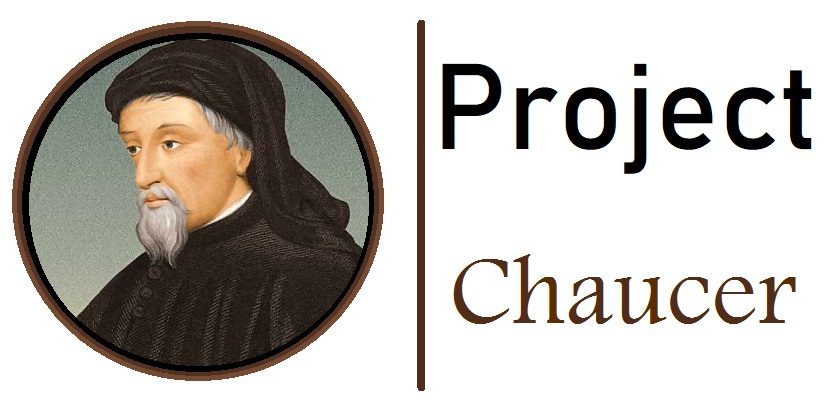
Lesson Plan 4 – Authenticity or Orientalism?
The Canterbury TalesThe Squire’s Tale Lesson Guide |
Learning ObjectivesStudents will be able to
Approximate Time
|
Instructions to Students
Students must read and annotate The Squire’s Tale, lines 9-672, before the beginning of class. At the beginning of class, the instructor will distribute copies of the auxiliary reading to the students. They will not need this material until later in the lesson. |
| Materials
Copy of The Canterbury Tales by Geoffrey Chaucer
Copy of “The Historical Basis of the Squire’s Tale” by Vincent DiMarco Copy of “Squire’s Steed of Brass as Astrolabe” by Marijane Osborne Projector for slides and images Printout for students:
|
Image Bibliography
Map of 14th Century Europe and West Asia
Astrolabe 1
Astrolabe 2
|
LESSON PLAN |
|||
Resources |
Questions |
Est. Time |
|
1 |
Discussion Prompts | Ask your students to reflect on the following questions and discuss them with a partner.
|
5 mins |
2 |
Historical Overview | Historical Overview
What did the geography of the Near East look like at the time when Chaucer was writing the Canterbury Tales? Who were the Knight of Araby, Cambeuskan and Canacee based off of? What was the historical basis for the Knight’s gift-giving? Who were some of the European sources on the Near East/Far East at the time? |
15 mins |
3 |
Group Reading | Group Reading
After the historical overview, organize the class into groups of 4. Give the class 15 mins to read the material provided at the beginning of class with their group mates. Make time for them to discuss it amongst themselves. Put the following images on the projector: Images: https://library.artstor.org/#/asset/AMICO_METRO_103826873;prevRouteTS=1575490972605 https://library.artstor.org/#/asset/SS7731421_7731421_11679046;prevRouteTS=1575491171824 |
15 mins |
4 |
Brass Steed
|
Brass Steed Call on students to summarize the article and share observations they made in their groups. Then, go over some of the connections the article made between the Brass Steed and an astrolabe that the students may have missed. Refer to the power point if necessary when defining each item. |
15 mins |
5 |
Class Reflection |
Class Reflection Construct a Venn Diagram on the board with one side labeled “Western Influences” and the other side labeled “Eastern Influences”. Call on students to fill in what elements of The Squire’s Tale they believe Chaucer derived from European literature/European literature about the “Orient” and what elements Chaucer borrowed from Near Eastern records and objects. |
10 mins |
6 |
Exit Ticket |
Exit Ticket Each student will write a page-long reflection about whether they think Chaucer’s Squire’s Tale is authentic to Near Eastern history and culture, and to what extent it fabricates its “oriental” setting. |
15 mins |